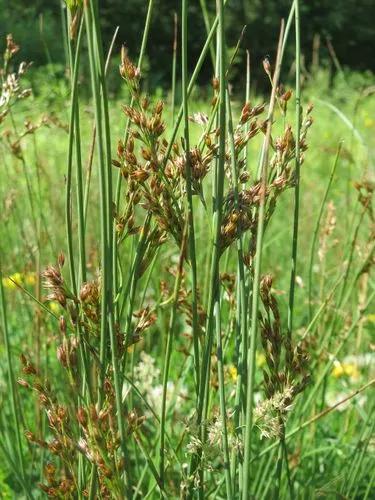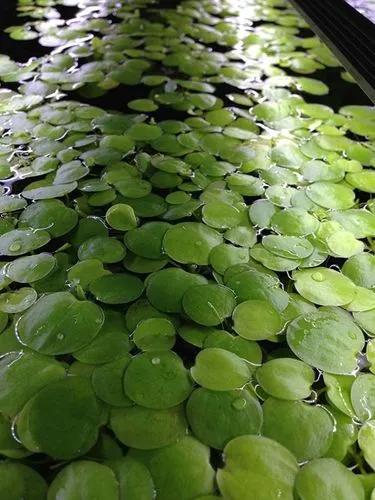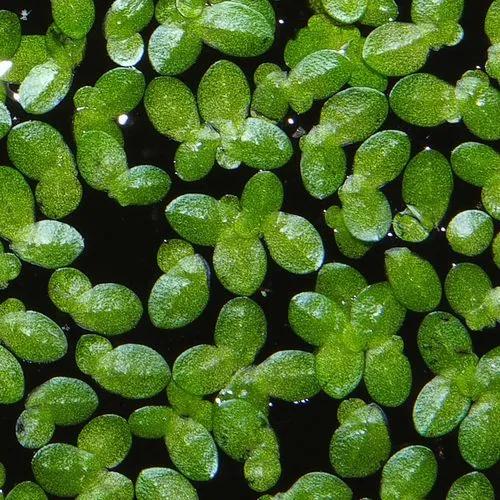Nymphaea odorata, also known as the American white waterlily, fragrant water-lily, is an aquatic plant belonging to the genus Nymphaea. It can commonly be found in shallow lakes, ponds, and permanent slow moving waters throughout North America where it ranges from Central America to northern Canada.
White Waterlily Care
Nymphaea Odorata



How to Care for the Plant

Sunlight

They come in pink, white and yellow. It is possible to grow both types under lights.

Temperature

A. Water temperatures ideally should be sixty degrees and above. Generally, as long as the plants are vibrant they will respond well to treatment. Shore-Klear tends to perform best when the plant is mature.

Container

Place the rhizomes in pots in shallow water until established.

Additional

Water lilies are not true lilies and are instead a part of the genus Nymphaea and so are not poisonous to cats but still can be poisonous to dogs if ingested in large amounts. It is, however, essential to check which species as the White Water Lily is not poisonous but the Yellow Water Lilies are poisonous.
The underside of the leaf is green or reddish-purple in color. The flower can be up to 5 inches wide with numerous white petals and is attached to a separate stem from the leaf.
Popularity

220 people already have this plant 48 people have added this plant to their wishlists
Discover more plants with the list below
Popular articles






